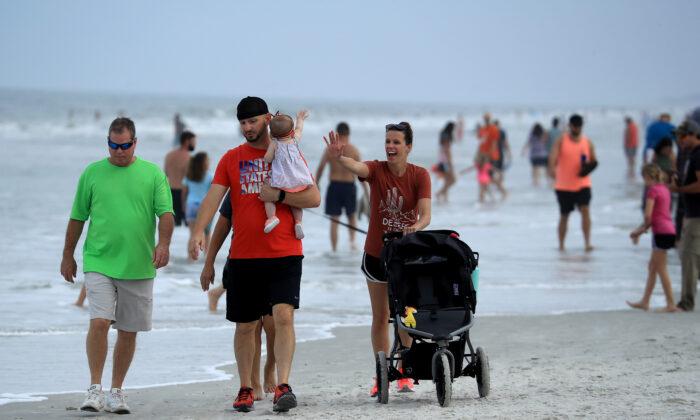The Florida city drew some criticism after authorities decided to let residents onto beaches but Dr. Deborah Birx, response coordinator for the White House Coronavirus Task Force, told reporters that most cases in Florida are in the southern part of the state.
“If you look at Jacksonville, they had less than 20 cases per day; less than 800 in four weeks,” Birx said.
“This is what every department of health should have,” she said. “When you inform the public and give them the information they need, they can make decisions along with the local government and governors.”

Local governments should provide the number of cases, including cumulative cases and new cases, along with the number of patients in hospitals, the number of deaths, the age group of each patient who dies, and how testing for the virus is going.
“This is how we need to start informing the community,” she added. “These websites are critical. This is where the American public will develop confidence in each of their local governments.”
According to the dashboard, Duval County, which includes Jacksonville, has 896 total cases, 80 total hospitalizations, and 16 deaths.
In comparison, Miami-Dade County—one of the hardest-hit counties in Florida—is approaching 10,000 total cases, 1,000 total hospitalizations, and 225 deaths.

Hundreds of people visited beaches in Duval County over the weekend. Jacksonville Mayor Lenny Curry opted to reopen them after Gov. Ron DeSantis announced he was allowing local officials the discretion to reopen beaches or keep them closed.
Restrictions include no sunbathing, towels, blankets, or chairs.
“This can be the beginning of the pathway back to normal life,” Curry said in a statement. “Please respect and follow these limitations. Stay within the guidelines for your safety as well as for the safety of your neighbors.”
Beaches will be open from 6 a.m. to 11 a.m. and from 5 p.m. to 8 p.m. every day. Swimming and surfing are allowed.





